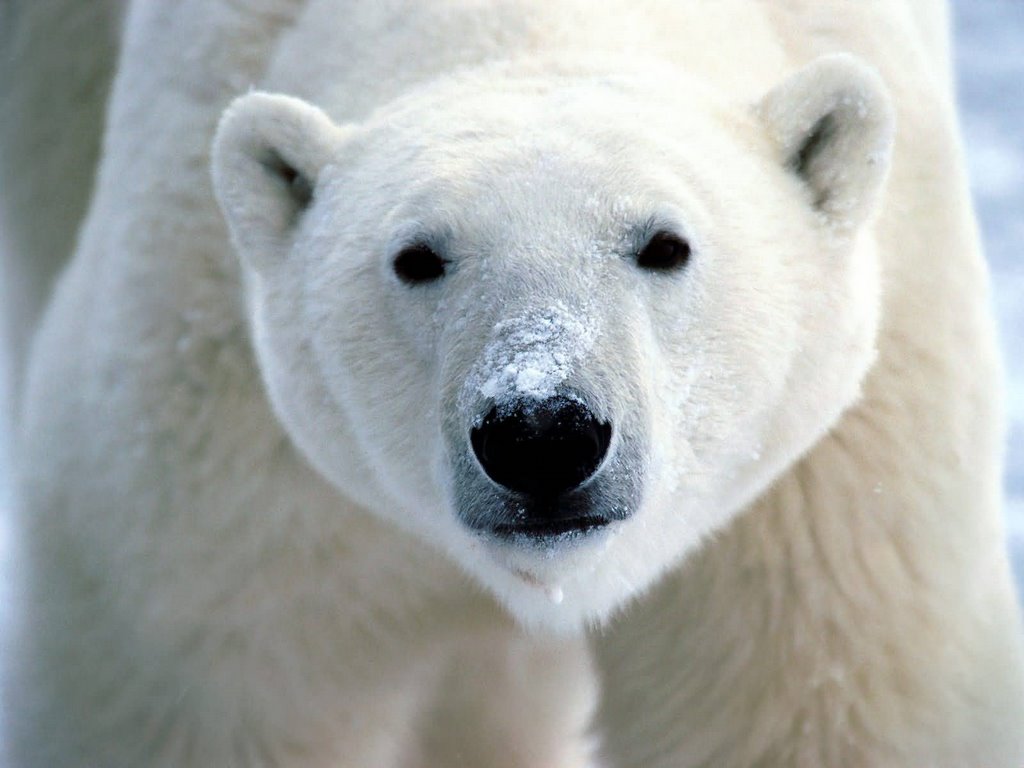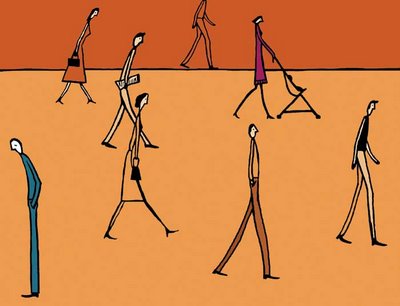

By Biophilia is essentially the emotional counterpart to biological arguments about a healthy environment being necessary for us to breathe properly and to drink what we need, and to grow the crops we rely on. Without species diversity, environmental psychologists warn, we’ll necessarily feel more alone. It is for this reason that E.O. Wilson, a Harvard professor who is one of the world’s leading conservationists, has described ours as the “Age of Loneliness.” He’s not speaking metaphorically. He means that, as we continue to let species perish, we are inevitably going to feel more isolated and bereft in the world they’ve left behind. With loneliness conceptualized in this reasonable way – as a state that reflects, at least in part, our ties to the world around us – it’s impossible to think that the extinction rate can climb upward while the loneliness rate remains unchanged. Environmental losses will translate into personally felt absences. What’s different about environmental loss is its quiet nature. There’s no one storming out, no one slamming a door leading a hastily written note. Rather, extinction is a gradual, perpetual, and silent goodbye – a disappearance we might not even notice until we start to feel empty, and then notice that the world we are living in has become quieter, less vivid, and a lot more lonely.”
“It was the late, great Susan Sontag who noted that images of something will proliferate just as the real object begins to disappear. An image, Sontag stressed, can “exorcise some of the anxiety and remorse” we feel about an object’s disappearance; it can keep something alive as an idea even as it begins to disappear in reality.
If you want to test the truth of Sontag’s remark, consider the number of polar bears that have sprouted up recently – sliding down snowbanks in Coke ads, or posing as stuffed toys, or playing leading roles in films such as Arctic tale. Just as the number of real bears collapses – there are now fewer than 15,000 bears in the Canadian Arctic, and the numbers are expected to drop by 75% in the next 50 years – images of them have multiplied, making it seem as though populations are more vibrant and healthier than they really are.
Page 230 / Lonely by Emily White
LONELINESS AND BIOPHILIA
